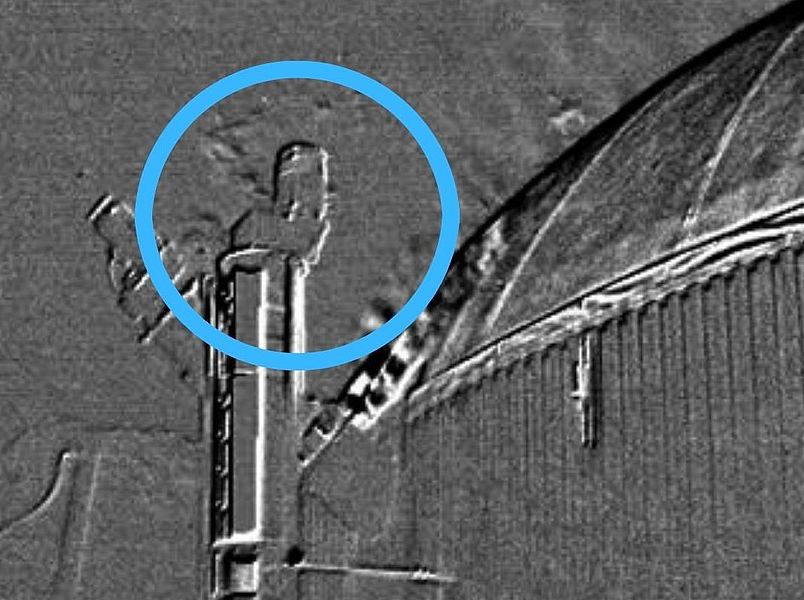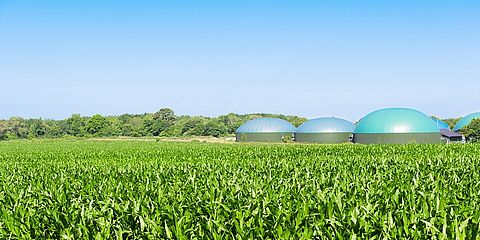In practice: tests and validation of performance on an anaerobic digestion unit
Biogas producers know that running an anaerobic digestion plant cannot be improvised. Modifying the process slightly can result in losses or, conversely, marked improvements in performance. WESSLING has carried out performance tests at a client's site, who now benefits from comprehensive feedback on the quality of his gas and equipment. Here we share some elements of this interesting project.

"The client called me because he was unsure of the performance of the equipment installed and wanted to exploit the full potential of the gases produced. Specifically, he wanted to know the quality of the gases in order to improve the recovery efficiency,” explains Robin T’Jampens, head of the waste recovery division at WESSLING.
Three months later, the WESSLING engineer visited the client's site with the state-of-the-art analytical system needed to perform the appropriate measurements. On site, he and the operator identified several measurement points on the gas production line to study the quality of the gas (CH4, CO2, O2, N2, H2, H2S, CO) and measure the production flow rates. The team then made slight adjustments to the existing installation to optimise compliance with best practice before starting the test project.
Gas leak detection for maximum optimisation

In speaking with the client, Robin T’Jampens quickly recommended a gas leak audit as another factor to take into account: “During our gas leak detection campaigns in 2019 and 2020, we realised to what extent this risk was present. Today we are convinced that it is important to verify this factor during a performance optimisation project. It’s a point that is often neglected or not taken into account and the insufficiency of units remains significant.” By including leak detection with WESSLING's infrared camera in the 15-day project, it was possible to identify deviations in telemetry measurements and non-optimal production settings that were reducing the efficiency of CH4 recovery.
Conclusion : an optimized efficiency
WESSLING’s intervention also allowed potential improvements to the methane purification and separation systems to be identified, all aimed at optimising the overall efficiency of the production unit.
Your contact for more details
- Robin T'Jampens
- +33 07 60 73 95 47
- robin.tjampens@wessling.fr



